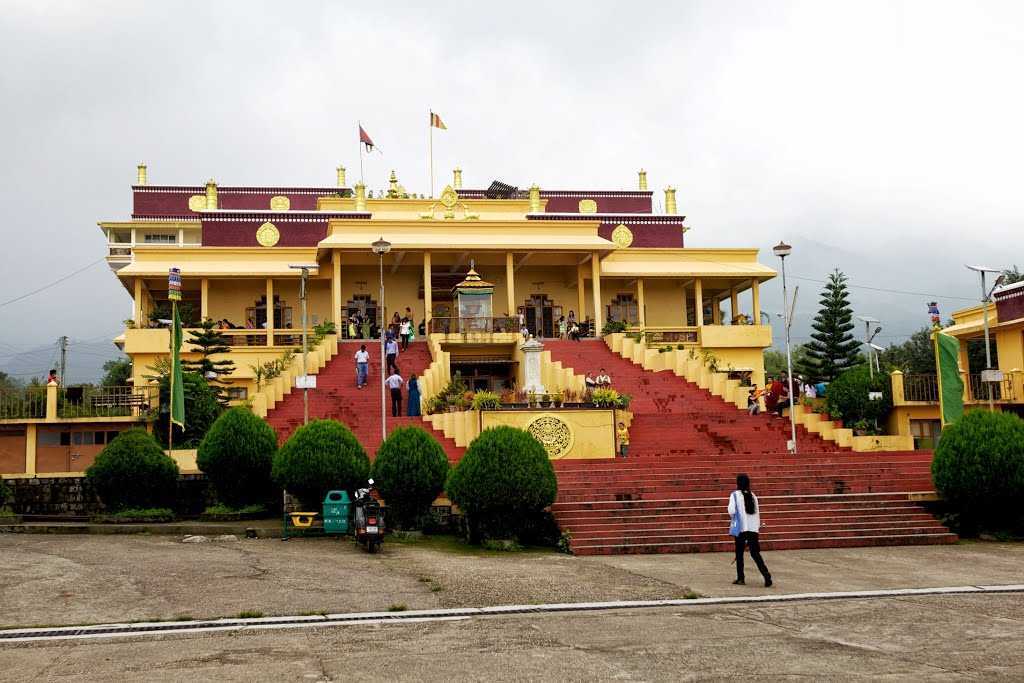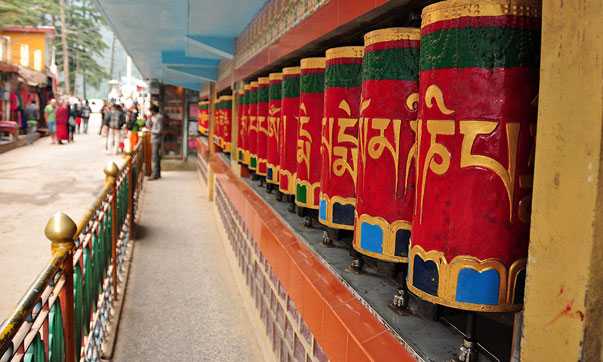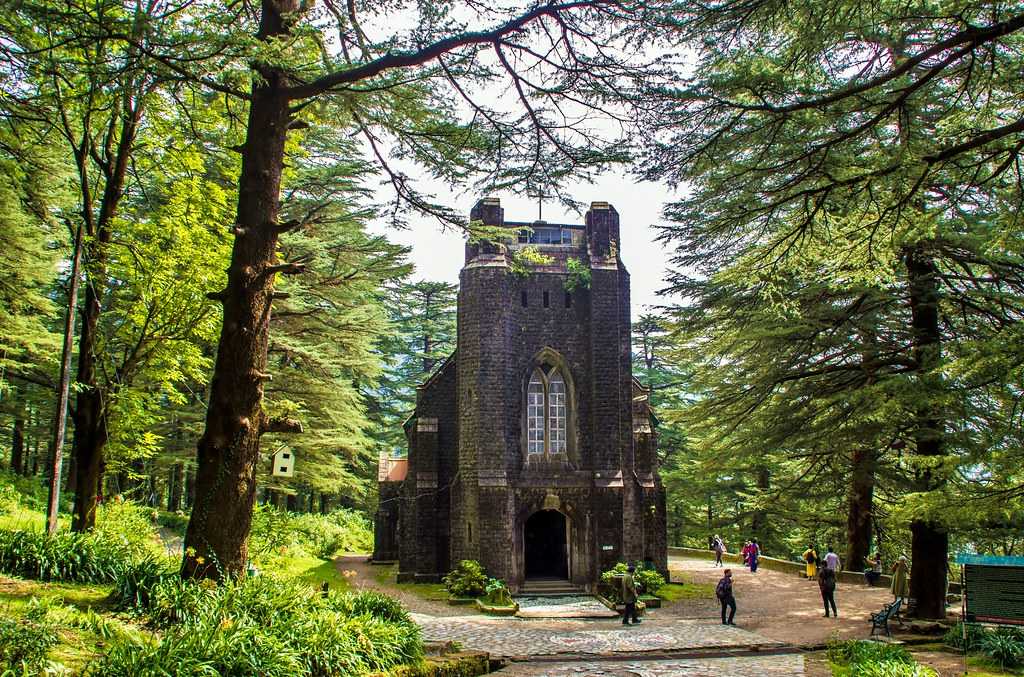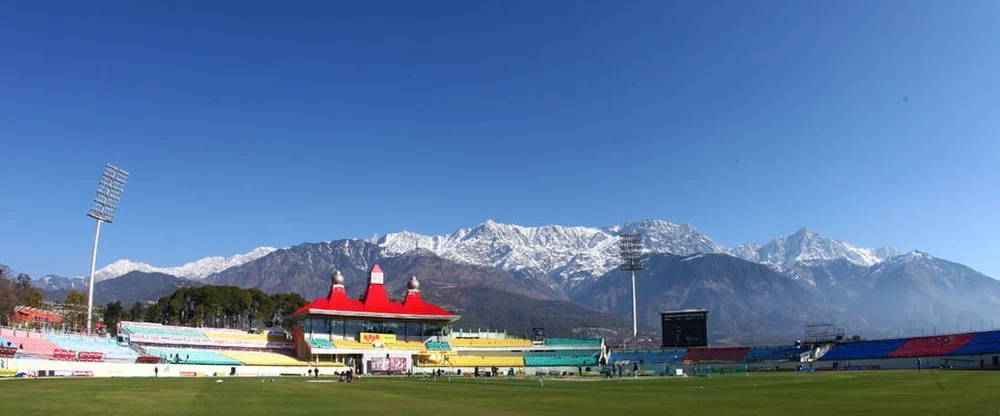Gyuto Monastery: A Beacon of Tibetan Buddhism in the Himalayas
Gyuto Monastery, located near Dharamshala in Himachal Pradesh, India, is renowned for its tantric meditation practices and its role as the residence of the Karmapa, the head of the Karma Kagyu lineage of Tibetan Buddhism.

Perched on the serene hills near Dharamshala in Himachal Pradesh, India, Gyuto Monastery stands as a symbol of Tibetan Buddhist heritage and spirituality. Founded in 1474 in Tibet and re-established in India after the Chinese invasion, the monastery is not only a center for advanced tantric meditation practices but also the seat of the 17th Karmapa. Its picturesque location, rich history, and spiritual atmosphere make it a must-visit destination for those seeking peace and enlightenment.
Historical Significance of Gyuto Monastery
Founding and Early Years in Tibet
- Foundation: Gyuto Monastery was founded in 1474 by Jetsun Kunga Dhondup, a disciple of the first Dalai Lama, to preserve and teach the tantric practices of the Gelugpa lineage.
- Reputation: The monastery quickly gained a reputation for its strict adherence to the tantric disciplines and its scholarly achievements in Buddhist philosophy.
Re-establishment in India
- Exile: Following the Chinese invasion of Tibet in 1959, the monastery, along with many other Tibetan religious institutions, was re-established in India. Gyuto Monastery found a new home near Dharamshala, Himachal Pradesh, in the 1980s.
- Continuity: Despite the upheaval, Gyuto Monastery continued its tradition of tantric practice and teaching, adapting to its new surroundings while maintaining its spiritual rigor.
Architectural and Artistic Features
Design and Structure
- Architectural Style: The monastery's architecture blends traditional Tibetan elements with modern design. The main temple building is adorned with intricate murals, vibrant thangka paintings, and statues of Buddhist deities.
- Interior: Inside, the monastery houses a large assembly hall where monks gather for prayer and meditation. The hall is decorated with colorful tapestries and a large, golden statue of Buddha Shakyamuni.
The Meditation Hall
- Sacred Space: The meditation hall, or gompa, is a serene space where monks practice tantric meditation. It is designed to facilitate deep concentration and spiritual practice, with a peaceful ambiance that pervades the entire room.
- Statues and Artifacts: The hall contains several important statues and religious artifacts, including representations of various tantric deities and a stupa containing relics of past masters.
Spiritual Practices and Teachings
Tantric Meditation
- Core Practices: Gyuto Monastery is renowned for its focus on tantric meditation practices, which involve complex visualizations, mantra recitations, and ritual ceremonies. These practices are aimed at achieving enlightenment and cultivating compassion.
- Public Teachings: The monastery often holds public teachings and meditation sessions, allowing visitors to experience the profound spiritual practices firsthand.
Role of the Karmapa
- Leadership: The 17th Karmapa, Ogyen Trinley Dorje, resides at Gyuto Monastery. As the head of the Karma Kagyu lineage, the Karmapa plays a vital role in guiding the spiritual activities of the monastery and its followers.
- Teachings and Ceremonies: The Karmapa frequently conducts teachings, empowerment ceremonies, and public audiences, attracting devotees from around the world.
Visitor Experience
Exploring the Monastery
- Guided Tours: Visitors can take guided tours of the monastery, which include visits to the main temple, meditation hall, and other significant areas. These tours offer insights into the monastery's history, architecture, and spiritual practices.
- Prayer Sessions: Attending a prayer session is a deeply moving experience. The resonant chants of the monks, accompanied by traditional instruments, create an atmosphere of profound serenity and devotion.
Participating in Meditation
- Meditation Sessions: The monastery offers meditation sessions for visitors, guided by experienced monks. These sessions provide a rare opportunity to learn and practice Tibetan Buddhist meditation techniques.
- Spiritual Retreats: For those seeking a deeper spiritual experience, the monastery occasionally offers longer retreats focused on intensive meditation and study.
Nearby Attractions
Dharamshala and McLeod Ganj
- Dalai Lama Temple: Located in McLeod Ganj, the Dalai Lama Temple complex is a significant spiritual center and the residence of the 14th Dalai Lama. It offers visitors a chance to learn about Tibetan Buddhism and attend teachings by the Dalai Lama.
- Bhagsu Waterfall: A short drive from Gyuto Monastery, Bhagsu Waterfall is a popular spot for nature lovers and hikers, offering stunning views and a refreshing retreat.
Cultural and Natural Attractions
- Norbulingka Institute: Dedicated to preserving Tibetan culture, the Norbulingka Institute offers workshops and exhibits on traditional Tibetan arts and crafts.
- Triund Trek: For adventure enthusiasts, the Triund Trek provides breathtaking views of the Dhauladhar range and a chance to experience the natural beauty of the region.
Practical Information for Visitors
How to Get There
- By Air: The nearest airport is Kangra Airport (Gaggal), located about 15 kilometers from Gyuto Monastery. Regular flights connect it to major cities like Delhi and Chandigarh.
- By Road: The monastery is well-connected by road, with regular bus services from major cities in Himachal Pradesh and neighboring states. Taxis and private vehicles are also popular options.
- By Rail: The nearest major railway station is Pathankot, about 85 kilometers from the monastery. From there, visitors can take a taxi or bus to reach Dharamshala.
Accommodation
- Hotels and Resorts: Dharamshala and McLeod Ganj offer a wide range of accommodation options, from budget hotels to luxury resorts. Many hotels provide stunning views of the mountains and easy access to the monastery and other attractions.
- Guesthouses and Homestays: For a more personalized experience, visitors can opt for guesthouses or homestays, which offer a glimpse into the local lifestyle and hospitality.
Conclusion
Gyuto Monastery is not just a place of worship; it is a beacon of Tibetan culture and spirituality. Whether you are a spiritual seeker, a history enthusiast, or a traveler looking for peace and tranquility, a visit to this monastery will leave you with lasting memories and a deeper understanding of Tibetan Buddhism. The monastery's serene environment, rich heritage, and profound spiritual practices make it a unique and enriching destination.




